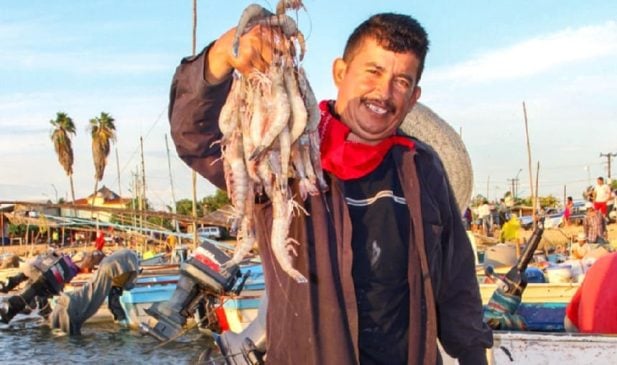Escárcega, Campeche — Archaeologists have reported on the finding of an urn along section 7 of the Maya Train. The element was located next to another vessel of the same type, so it is thought to have been part of a founding offering due to its association with a pre-Hispanic building.
The urn shows the pre-Hispanic deity in his representation as a growing cob. The lid alludes to an owl, a bird of omen and symbol of war among the ancient Mayans of the Río Bec region, the INAH has reported.
As part of the archaeological rescue work carried out by the Ministry of Culture of the Government of Mexico, through the National Institute of Anthropology and History (INAH), specialists located a funeral urn with the representation of the corn god along Section 7 of the Maya Train.
Diego Prieto Hernández, the General Director of INAH reported that, in terms of its typology, this urn has been identified as a Paaktzatz style vessel.
The anthropologist explained that the element was located next to another vessel of the same type, so it is thought that it was part of a founding offering, due to its association with a pre-Hispanic building. “It is a raw clay pot that contains the mortal remains of a person.”
The urn retains applications on its body, which appear to represent the Mayan symbol ik, alluding to the wind and the divine breath. On the obverse you can see a small anthropomorphic figure made from pastillage which alludes to the god of corn in the representation of him as an ear in the growth stage.
According to the archaeologists who have participated in the recovery of this heritage asset, similar images of said Mayan deity have been recorded by the INAH in figurines from the island of Jaina, in Campeche.
It should be noted that the lid of this urn contains, in turn, the representation of an owl, a symbol shared with the second vessel of said offering.
In Mayan iconography, the owl was considered a bird of omen and a symbol of war, during the Classic period, as recorded in the Paaktzatz vessels made between 680 and 770 AD, in the cultural area known as Río Bec.
The ornamentation of the second vessel consists of applications on the sides, which simulate the thorns of a ceiba tree, a sacred tree among the Mayans of the past and present.


